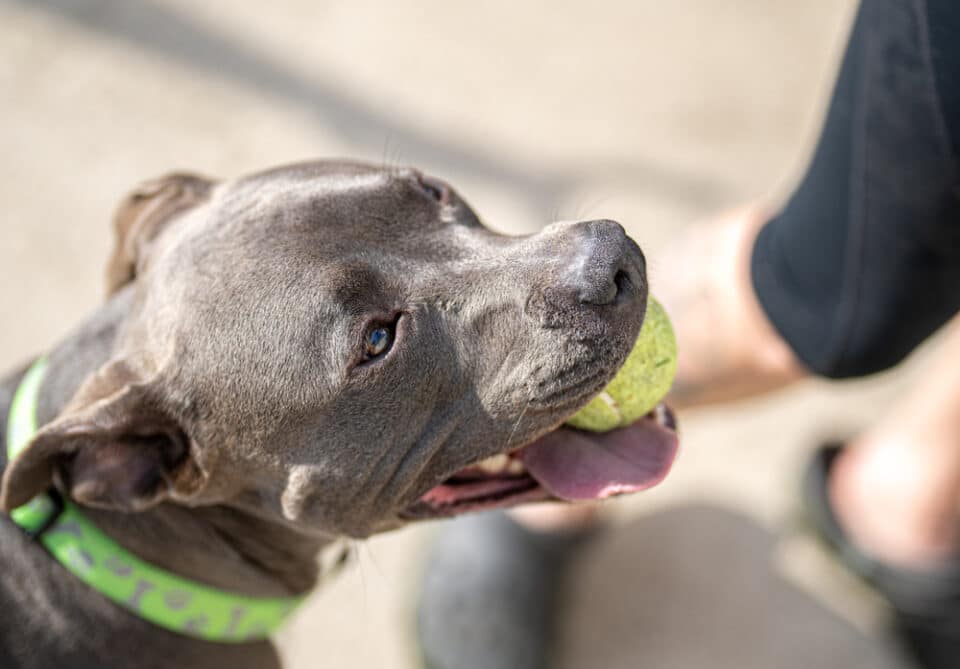Mango worms are nasty parasites that target dogs and other mammals. Here’s what you need to know to keep your furry friend safe.
- Dogs can pick up mango worms by stepping into contaminated puddles.
- Mango worms are the larvae of the mango fly, native to Central Africa.
- Infestations cause painful boils but are generally not fatal.
- Prevention and treatment methods are crucial to protect your pets.
Mango worms, or tumbu worms, are a nightmare for dogs and other mammals. They get these parasites by stepping into puddles with newly hatched worms, which burrow into their skin within seconds. This can happen so fast that your dog might not even notice until it’s too late.
These worms are the larvae of the mango fly, which thrives in hot, humid environments in Central Africa. Although mostly found in Africa, these larvae can hitch a ride in luggage and potentially cause infestations elsewhere.
Once under the skin, mango worms cause painful boils that can lead to infections and other diseases. While they aren’t usually fatal, the discomfort and pain they cause are significant. In severe cases, the worms can burrow deeper, leading to serious health issues like gangrene and even death.
The life cycle of the mango fly begins with the female laying between 100 to 300 eggs in dry, contaminated sand or clothing left on the ground. The eggs hatch within three days, and the larvae wait for a mammal to come into contact with them. Once they find a host, they burrow into the skin, causing initial redness that later develops into painful boils filled with pus.
Prevention is key if you live in an area with a high mango fly population. Keep the environment clean of feces and rotting fruit, use insect repellents, and avoid leaving clothing or bedding on the ground. High-heat drying or ironing clothing can kill any eggs or larvae present. Destroying adult flies and pupating worms can also help manage the problem.
To identify a mango worm infestation, look at your dog’s skin for small red pimples that turn into larger reddish boils with a hole in the center. If you spot these symptoms, it’s essential to consult a vet immediately. Removing the worms is the best treatment method, and it’s crucial to ensure that the entire worm is removed to avoid further complications. Post-removal care with antibiotics is also necessary to prevent infection.
Mango worms can also affect humans, but they don’t transfer between hosts once inside. For both dogs and humans, using the same prevention tips can help avoid these painful parasites.
Mango worms are a serious threat but can be managed with proper precautions and treatments.










